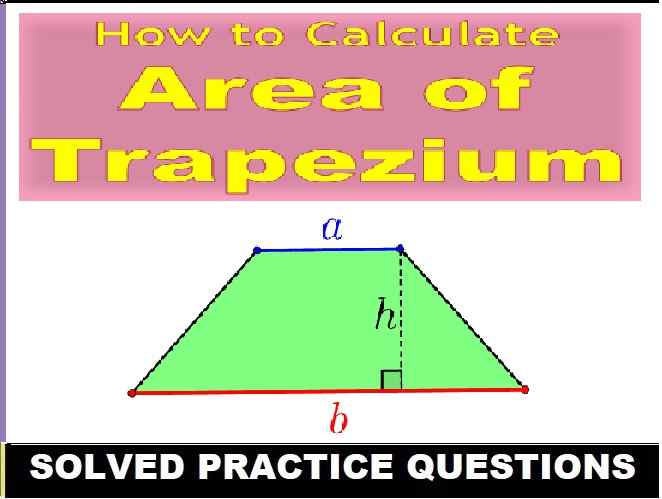Thermodynamics Nootan Solutions ISC Class-11 Physics Nageen Prakashan Ch-19 Numericals of latest edition. Step by step Solutions of Kumar and Mittal ISC Physics Part-2 Class-11 Nageen Prakashan Numericals Questions. Visit official Website CISCE for detail information about ISC Board Class-11 Physics.
Thermodynamics Nootan Solutions ISC Class-11 Physics Nageen Prakashan Ch-19
| Class: | 11 |
| Subject: | Physics Part-2 |
| Chapter-19 | Thermodynamics |
| Board | ISC |
| Writer / Publications | Nootan / Nageen Prakashan / Kumar and Mittal |
| Topics | Solved Numericals of page 755 , 756 |
Nageen Prakashan Physics Ch-19 Thermodynamics Nootan Solutions ISC Class-11
The branch of physics which deals with the study of transformation of heat into other forms of energy and vice-versa is called thermodynamics.
Important point related thermodynamics
There are many important point / term which are very useful to understand the thermodynamic clearly.
Thermal Equilibrium
A thermodynamic system is in an equilibrium state if the variables such as pressure, volume, temperature, mass composition etc. that characterise the system do not change in time. In thermal equilibrium, the temperature of the two systems are equal.
Zeroth Law of Thermodynamics
This law identifies thermal equilibrium and introduces temperature as a tool for identifying f equilibrium. According to this law “If two systems are in thermal equilibrium with a third system then those two systems themselves are in equilibrium.”
Heat,
Energy that is transferred between a system and its surroundings whenever there is temperature difference between the system and its surroundings is called heat.
Work
Work is said to be done if a body or a system moves through a certain distance in the direction of the applied force. It is given as
dW = PdV
where P is the pressure of the gas in the cylinder.
Internal Energy
If we consider a bulk system consisting of a large number of molecules, then internal energy of the system is the sum of the kinetic energies and potential energies of these molecules.
This energy is possessed by a system due to its molecular motion and molecular configuration. The internal energy is denoted by U.
U = Ek + Ep
where Ek and Ep represent the kinetic and potential energies of the molecules of the system.
Internal energy of a system is a variable and it depends only on the state of the system. Its value depends only on the given state of the system and does not depend on the path taken to arrive that state.
Law of Thermodynamics
First Law of Thermodynamics-According to this law, “the total heat energy change in any system is the sum of the internal energy change and the work done.”
When a certain quantity of heat dQ is subjected to a system, a part of it is used in increasing the internal energy by dU and a part is used in performing external work dW, hence
dQ = dU + dW
From First Law of Thermodynamics we find a relation between two principal specific heats of an ideal gas. According to the relation
Cp-Cυ = R
Here Cp and Cυ are molar specific heats under constant pressure and constant volume condition respectively
The specific heat capacity of a gas at constant pressure is greater than the specific heat capacity of the gas at constant volume i.e. Cp > Cυ.
Expression for the Relation between Cp and Cυ
Let P, V and T be the pressure, volume and absolute temperature initially of one mole of an ideal gas.
The heat dQ is supplied to the gas at constant volume so that the temperature increases to T + dT.

Thermodynamic Processes
Any process in which the thermodynamic variables of a thermodynamic system change is known as thermodynamic process.
Quasi-Static Processes
Processes that are sufficiently slow and do not involve accelerated motion of piston and/or large temperature gradient are quasi-static processes.
In this process, the change in pressure or change in volume or change in temperature of the system is very small.
Isothermal Process
A change in pressure and volume of a gas without any change in its temperature, is called an isothermal change. In such a change, there is a free exchange of heat between the gas and its surroundings.
Adiabatic Process
A process in which no exchange of heat energy takes place between the gas and the surroundings, is called an adiabatic process.
Second Law of Thermodynamics
Following are the two statements of second law of thermodynamics.
Kelvin-Planck Statement: It is impossible to construct an engine, operating in a cycle, to extract heat from hot body and convert it completely into work without leaving any change anywhere i.e., 100% conversion of heat into work is impossible.
Clausius Statement: It is impossible for a self acting machine, operating in a cycle, unaided by any external energy to transfer heat from a cold body to a hot body. In other words heat can not flow itself from a colder body to a hotter body.
A heat engine
A heat engine is a device by which a system is made to undergo a cyclic process that results
in conversion of heat to work. Basically, a heat engine consists of:
(i) a heat source,
(ii) a heat sink,
(iii) a working substance.
Carnot’s Engine— a hypothetical engine working on a cyclic/reversible process operating between two temperatures. Its efficiency is independent of the working substance and is given by, η=1-T2/T1 where T1 is the temperature of source and T2 is the temperature of sink.
According to Carnot’s theorem:
(a) working between two given temperatures T1 and T2 of the hot and cold reservoirs respectively, no engine can have efficiency more than that of Carnot’s engine,
(b) the efficiency of the Carnot engine is independent of the nature of the working substance.
Example of Heat Engine
Refrigerator
The process of removing heat from bodies colder than their surroundings is called refrigeration and the device doing so is called refrigerator.. In the refrigerator, heat is absorbed at low temperature and rejected at higher temperature with the help of external mechanical work. Thus, a refrigerator is a heat engine working backward and hence it is also called heat pump.
Refrigerator works on the reverse process of Carnot engine. By the work done on the system, heat is extracted from low temperature sink T2 and passed on to high temperature source T1. The coefficient of performance is given by
E = Q2/ (Q1-Q2)
= T2/ (T1-T2)
Thermodynamics Nootan Solutions ISC Class-11 Physics Nageen Prakashan Ch-19
Page-755, 756 Solved Numericals
CONTACT FOR LIVE CLASSES- 9335725646
-: End of Thermodynamics Nootan ISC Class-11 Solutions :-
Return to – Nootan Solutions for ISC Physics Class-11 Nageen Prakashan
Thanks
Please Share with your friends


